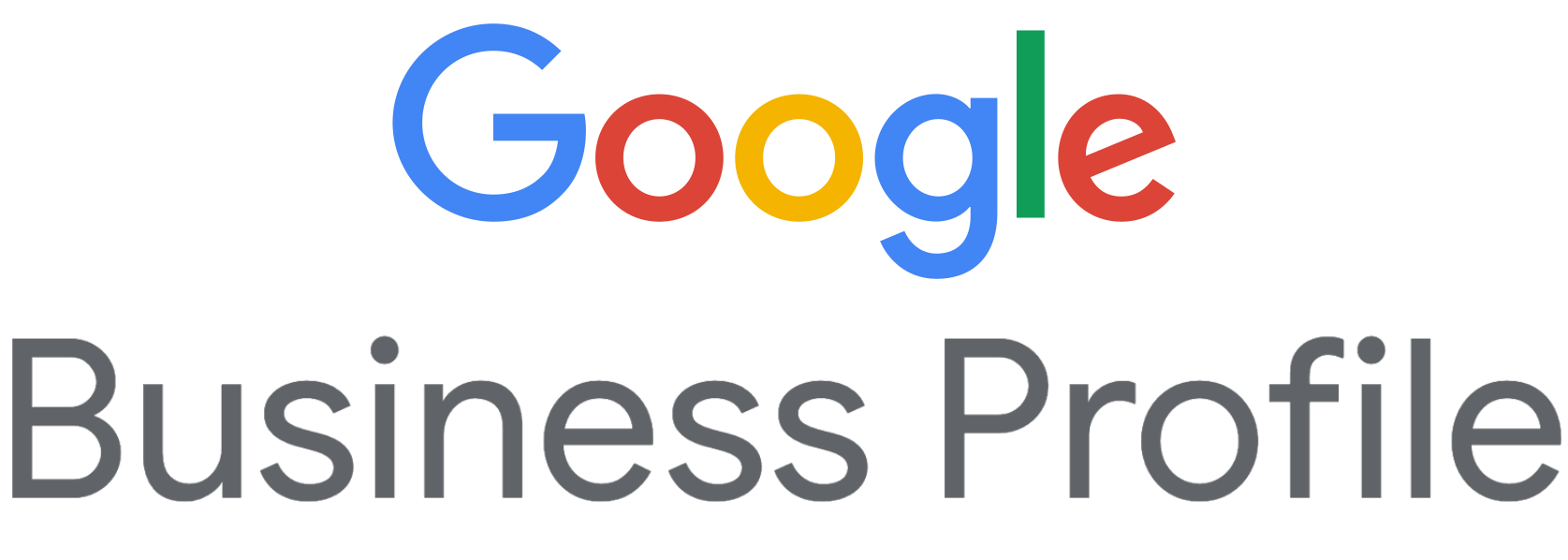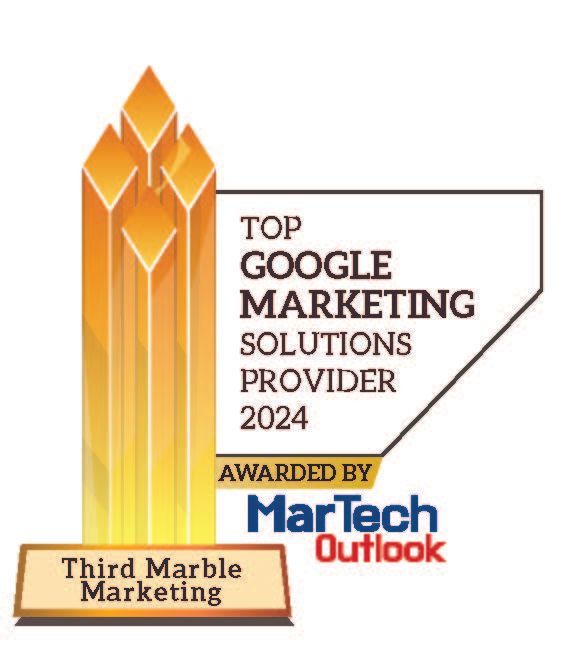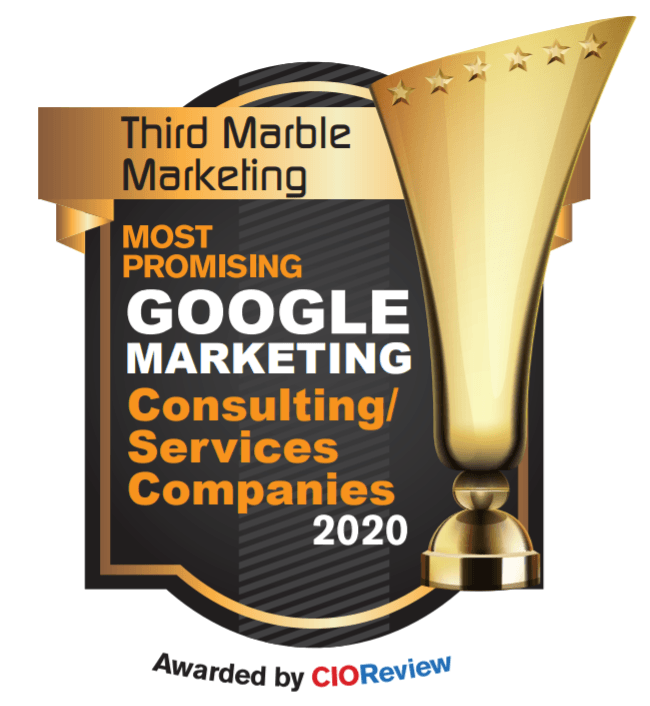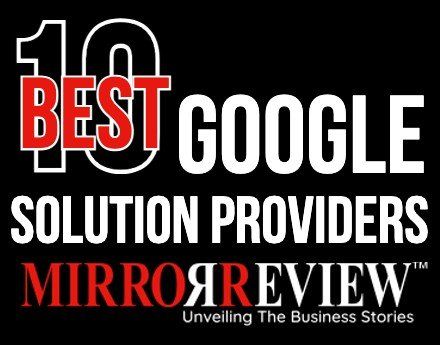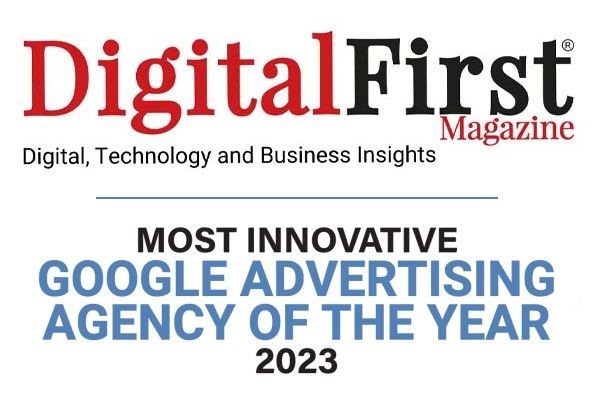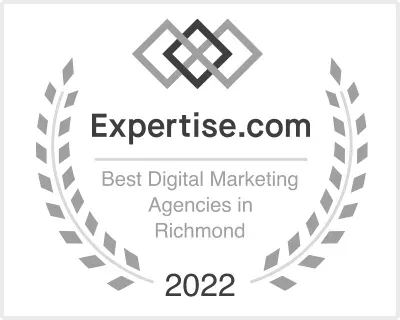Small To Medium Business Financial Support During COVID-19
Financial Support During COVID-19
Last Updated:4/6/2020

To help our clients and potentially other small to medium businesses, we’ve compiled a list of helpful resources for support and tasks to push through the drop in business and prepare for when this is over.
We’ve compiled a list of resources that have recently become available to support folks during the COVID-19 Pandemic, complete with links to find more information and see if the resource is right for your business.
While you may be experiencing a decrease in business this is the time to stay the course and tackle all of those potentially impactful marketing tasks you’ve had on your back burner. People are still searching for products and services, there may not be as many searches but they are searching. It’s also time to start preparing your marketing strategy for when this is over.
Paycheck Protection Program (PPP) – Care Act Information
The Federal Stimulus (CARES) Bill became law on March 27. In most cases, the Administration is required to provide guidelines within 15 days of signing legislation to the appropriate agencies which would mean by April 11. In some cases they have up to 30 days to provide guidelines. So be prepared that it could take at least 2 weeks and maybe longer before these programs start to be implemented.
Support Information Links
- https://www.sba.gov
- https://home.treasury.gov/system/files/136/PPP%20Borrower%20Information%20Fact%20Sheet.pdf
When to use:
Short Term to pay payroll, rent, utilities
How Funded:
Loan with forgiveness
Who Funds:
Banks
Funding Speed:
Fast
Key Details:
Loans to cover 8 weeks of cost with forgiveness (up to 100% principal)
Source/Bill:
CARES Sec 1102
Additional Information:
- Designed to incentivize business owners to keep employees on payroll and to pay for certain other expenses up to $10 million
- .05% interest
- Up to 100% Loan Forgiveness if you use if for payroll, mortgage interest, rent or utilities over 8 weeks after getting the loan.
- You will owe money if you don’t maintain your staff and payroll
- Loan due in 2 years, all payments are deferred for 6 months
- You cannot apply directly to the government
- Approved lenders must process this loan
- Some lenders are ready to take applications now and others are lagging behind trying to set up systems and processes
- Some banks may not participate, even though they are approved by the government
SBA Emergency Injury Disaster Loan (EIDL) Grant
Additional Information Link:
https://www.sba.gov/funding-programs/disaster-assistance
When to use:
Short Term Emergency; Longer Term Support for expenses
How Funded:
Fixed Term Loan; Option for forgiveness of emergency grant
Who Funds:
Treasury Dept (Government)
Funding Speed:
3/45 days
Key Details:
low interest 30 year fixed loan (3.75% for profit, 2.75% for nonprofit) emergency $10,000 grant
Source/Bill:
SBA/CARES Sec 1110
Additional Information:
- Designed for expenses that could have been met had the disaster not occurred, including payroll and other operating expenses up to $2 million
- Up to 3.75% interest rate
- Principal and interest deferment options
- Final loan amount negotiated by you and SBA
- GO DIRECT to the government for this loan https://covid19relief.sba.gov/
- Or call SBA Customer Service Center (800) 659-2955 for more info
How To Apply:
Step 1: Apply for this program directly on the governments SBA website https://covid19relief.sba.gov/
Step 2: When it comes up in the application you must check the box
“I would like to be considered for an advance of up to $10,000.” in the Additional Information section.
Family First Act (FFCRA)
When to use:
To cover FFCRA requirements
How Funded:
Payroll Tax Credits
Who Funds:
Payroll
Funding Speed:
fast
Key Details:
100% payroll credits
Source/Bill:
HR6201
Additional Information Link:
https://www.dol.gov/agencies/whd/pandemic/ffcra-employee-paid-leave
Payroll Tax Deferral
When to use:
Additional Cash
How Funded:
Employer deferred payments through 2022
Who Funds:
Payroll
Funding Speed:
Fast
Key Details:
Defer employer social security taxes (6.2%)
Source/Bill:
CARES Sec 2302
Employee Retention Tax Credit
When to use:
Business closed or revenue declined >50%
How Funded:
Quarterly credit against payroll taxes
Who Funds:
Payroll
Funding Speed:
Slow
Key Details:
Up to 50% of wages paid after March 12 up to $10,000 per EE
Source/Bill:
CARES Sec 2301
Additional Information Link:
https://www.irs.gov/newsroom/irs-employee-retention-credit-available-for-many-businesses-financially-impacted-by-covid-19
Business Tax Relief
When to use:
Additional cash
How Funded:
Tax relief measures through federal filings
Who Funds:
IRS
Funding Speed:
slow
Key Details:
Modifications to current or prior year tax returns
Source/Bill:
CARES Sec 2303 – 2307
We Hope This Helps!
Our mission as a company continues to be a support service for local businesses and economies. We have created additional options to help our clients bounce back as quickly as possible when things settle. When things do settle, you’ll want to get ahead of your competitors to grab market share by coming back with an aggressive marketing budget. For now, the clicks are significantly cheaper because there is less competition in Google Ads. People are still searching for services and you can win those clicks potentially at a significant discount. We are here for your company and ready to support you in any way we can. Call Third Marble and our team will work to get you more market share now and when all this is over. Stay safe and healthy!
VISIT OUR WEBSITE TO SEE HOW THIRD MARBLE CAN HELP YOUR BUSINESS TODAY
The post Small To Medium Business Financial Support During COVID-19 appeared first on Third Marble Marketing.





